 W
WThe history of the Arabs begins in the mid-ninth century BC, which is the earliest known attestation of the Old Arabic language. The Arabs appear to have been under the vassalage of the Neo-Assyrian Empire; they went from the Arabian Peninsula to Mauritania. Arab tribes, most notably the Ghassanids and Lakhmids, begin to appear in the southern Syrian Desert from the mid-third century AD onward, during the mid to later stages of the Roman and Sasanian empires. Tradition holds that Arabs descend from Ishmael, the son of Abraham. The Arabian Desert is the birthplace of "Arab", as well other Arab groups that spread in the land and existed for millennia.
 W
WThe Arab Revolt or the Great Arab Revolt was a military uprising of Arab forces against the Ottoman Empire in the Middle Eastern theatre of World War I. On the basis of the McMahon–Hussein Correspondence, an agreement between the British government and Hussein bin Ali, Sharif of Mecca, the revolt was officially initiated at Mecca on June 10, 1916. The aim of the revolt was to create a single unified and independent Arab state stretching from Aleppo in Syria to Aden in Yemen, which the British had promised to recognize.
 W
WThe Arab Winter is a term for the resurgence of authoritarianism, and Islamic extremism evolving in the aftermath of the Arab Spring protests in Arab countries. The term "Arab Winter" refers to the events across Arab League countries in the Mid-East and North Africa, including the Syrian Civil War, the Iraqi insurgency and the following civil war, the Egyptian Crisis, the Libyan Crisis and the Crisis in Yemen. Events referred to as the Arab Winter include those in Egypt that led to the removal of Mohamed Morsi and the seizure of power by General Abdel Fattah el-Sisi in an anti-Muslim Brotherhood campaign.
 W
WArabization or Arabisation describes both the process of growing Arab influence on non-Arab populations, causing a language shift by their gradual adoption of the Arabic language and their incorporation of the culture, as well as the Arab nationalist policies of some governments in modern Arab countries toward non-Arab minorities, including Lebanon, Iraq, Syria, Sudan, Mauritania, Algeria, Libya, and the Islamic State of Iraq and the Levant which does not exist anymore territorially.
 W
W‘Awn al-Rafīq Pāshā ibn Muḥammad ibn ‘Abd al-Mu‘īn ibn Awn, also known as Awn al-Rafiq ibn Muhammad ibn Awn, was a member of the Awn clan of sharifs who served as Emir and Sharif of Mecca from 1882 to 1905.
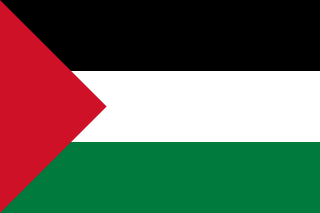 W
WThe Arab Socialist Baʽath Party was a political party founded in Syria by Michel Aflaq, Salah al-Din al-Bitar, and associates of Zaki al-Arsuzi. The party espoused Baʽathism, which is an ideology mixing Arab nationalist, pan-Arabism, Arab socialist, and anti-imperialist interests. Baʽathism calls for unification of the Arab world into a single state. Its motto, "Unity, Liberty, Socialism", refers to Arab unity, and freedom from non-Arab control and interference.
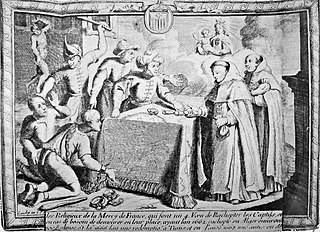 W
WThe Barbary slave trade refers to slave markets on the Barbary Coast of North Africa, which included the Ottoman provinces of Algeria, Tunisia and Tripolitania and the independent sultanate of Morocco, between the 16th and middle of the 18th century. The Ottoman provinces in North Africa were nominally under Ottoman suzerainty, but in reality they were mostly autonomous.
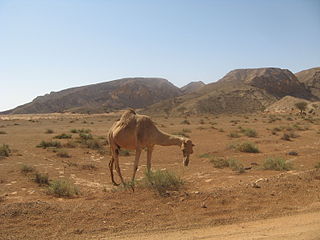 W
WThe Basus War was a 40-year conflict between two cousin tribes in Arabia of Late Antiquity which was started by the killing of a camel owned by a man named "Saad Bin Shams", a refugee under the protection of a woman named "Al-Basus". Al-Basus, like any other Arab at that time, considered this a great insult to her honor which started a chain of events that led to the war. The Taghlib and Bakr tribes fought for roughly forty years, locked in a perpetual cycle of vengeance. In parts of the Arab world today, the Basus War has been incorporated into an aphorism warning people against vendettas.
 W
WThe Crusades Through Arab Eyes is a French language historical essay by Lebanese author Amin Maalouf.
 W
WThe Hawk of Quraish is a symbol which is found on a number of emblems, coats of arms and flags of several states of the Arab League. The Arabs of the Arabian Peninsula, today especially those from the Arab side of the Persian Gulf coast, are traditionally falconry experts; falcons are seen as status symbols and one of the Arabs' favorite animals. Also the traditions and recorded history about the Quraysh and Muhammad claim a falcon had been used as clan symbol. Therefore, several variants of the Quraishi hawk were and are seen in the flags, coat of arms, seals and emblems of several Arab states until today. In that meaning, the Hawk of Quraish is a rival to the Eagle of Saladin.
 W
WA History of the Arab Peoples is a book written by the British-born Lebanese historian Albert Hourani.
 W
WThe Kingdom of Hatra was a 2nd-century Arab kingdom located between the Roman Empire and the Parthian Empire, mostly under Parthian suzerainty, located in modern-day northern Iraq.
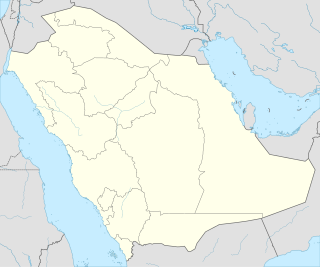 W
WThe Land of Tema, Te'-ma or Tema is a place mentioned in the Bible where the descendants of Ishmael's son Tema dwelt. In Hebrew, the name means "south country". It was most likely in northern Saudi Arabia and has been identified with the modern Teima', an oasis which lies about 200 miles (320 km) north of Medina, and some 40 miles (64 km) south of Dumat (Dumah), now known as el-Jauf. Teima' is on the ancient caravan road connecting the Persian Gulf with the Gulf of Aqaba which in antiquity bought wealth to the town. Doughty has described at Teima the ruins of an old city wall 3 miles (4.8 km) in circuit. An Aramaic stele recently discovered, belonging to the 6th century BC, shows the influence of Assyrian in the town. The place is mentioned in the cuneiform inscriptions. The possibility of its being on a trade route is supported by the reference in Job 6:19. It is often associated with the Land of Dumah.
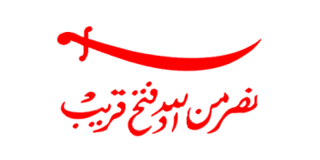 W
WThe Omani Empire was a maritime empire, vying with Portugal and Britain for influence in the Persian Gulf and Indian Ocean. At its peak in the 19th century, Omani influence or control extended across the Strait of Hormuz to modern-day Iran and Pakistan, and as far south as Cape Delgado. After the death of Said bin Sultan in 1856 the empire was divided into two sultanates, an African section ruled by Majid bin Said and an Asian section ruled by Thuwaini bin Said.
 W
WThe Qedarite Kingdom, or Qedar, was a largely nomadic, ancient Arab tribal confederation. Described as "the most organized of the Northern Arabian tribes", at the peak of its power in the 6th century BCE it had a kingdom and controlled a vast region in Arabia.
 W
WThe Emesene dynasty were a Roman client dynasty of Arab priest-kings known to have ruled by 46 BC from Arethusa and later from Emesa, Syria, likely until between 72 and 78/79, or at most by the reign of Emperor Antoninus Pius (138–161). Iamblichus, the famous Neoplatonist philosopher of the third century, was one of their descendants, as was empress Julia Domna, matriarch of the Severan dynasty.
 W
WThe Saadi Sultanate or Saadian Sultanate was a state which ruled present-day Morocco and parts of West Africa in the 16th and 17th centuries. It was led by the Saadi dynasty, an Arab Moroccan Sharifian dynasty.
 W
WSumatar Harabesi was an ancient watering place for semi-nomadic peoples located in the Tektek Mountains, 60 kilometers (37 mi) southeast of Urfa and 40 kilometers (25 mi) northeast of Harran, in modern-day Turkey. A now deserted oasis, it consists of a set of ruins and tombs situated around a central mount of rock 50 meters (160 ft) in height and width.
 W
WThe Tanûkhids or Tanukh were a confederation of Arab tribes, sometimes characterized as Saracens. They first rose to prominence in northern Arabia and south of Syria in the 3rd century BC. Both Lakhmid and Tanukhid inscriptions have been found at Umm el-Jimal in Jordan and Namara in Syria. The ancient Tanukhi tribal confederation was largely taken over by several branches of the large Azd and Quda'a tribe. Their main base during the time of their most famous ruler, Queen Mavia, was in Aleppo.